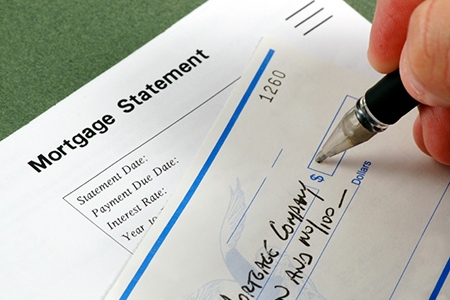 This Thursday’s Fed interest rate decision may mark the end of a seven-year era of incredibly low mortgage rates and corresponding high affordability in housing.
This Thursday’s Fed interest rate decision may mark the end of a seven-year era of incredibly low mortgage rates and corresponding high affordability in housing.
“The potential move away from zero interest rate policy, for short-term rates, is a harbinger of higher mortgage rates ahead and the beginning of the end of this seven-year era of incredibly low mortgage rates and corresponding high affordability,” stated Jonathan Smoke, chief economist for realtor.com.
Forecasts for mortgage rates vary, but indicate a potential increase of 50 basis points over the next 12 months. Smoke’s analysis of loan-level data from Optimal Blue, an enterprise lending services platform, for the first half of this year demonstrates how a 50 basis point rate increase could impact potential buyers.
A 50 basis point increase in the effective mortgage rate could result in:
- A 6 percent increase in monthly payments on new mortgages. In May, the average loan with a 30-year fixed mortgage was $231,000, which had a monthly principal and interest payment of $1,107 at the average interest rate of 4.03 percent. When rates reach 4.53 percent, that same loan amount would result in a monthly payment of $1,175, an increase of 6 percent.
- As much as 7 percent rejection of mortgage applications. The increase in the monthly debt burden as a result of higher rates will stress the upper limits of loan- and debt-to-income ratios for new loan applicants. “Based on analysis of loan-level ratios for a large sample of loans approved in the first half of this year, as much as 7 percent of mortgage applicants would have failed to get approval as a result of higher debt-to-income ratios caused by higher rates,” said Smoke.
- Average debt-to-income ratio to increase by 4 percent. The average debt-to-income ratio for mortgages in the first half of 2015 was 35.5%. With an increase of mortgage rates by 50 basis points and keeping all other factors equal, the average debt-to-income ratio increases by 4 percent to 37.0 percent.
- Popularity of loan types will likely shift with rate increases. In the first half of this year, conventional mortgages were most popular, capturing 50 percent of the market, followed by 31 percent FHA, and 12 percent VA. Under the modeled higher rate scenario, conventional and jumbo mortgages were most likely to hit an upper limit on debt-to-income ratios, and VA and FHA loans were least likely to hit an upper limit.
The potential impact to borrowers also varies dramatically by geography. “High cost markets and markets where first-time buyers have been just barely able to qualify this year are most at risk of seeing more failed mortgage applications as a result of higher debt burdens triggered by higher rates,” added Smoke.
Most impacted markets (those with 10 percent or more by percentage of potential failed applications):
1. Honolulu – 14 percent
2. Stockton, Calif. – 12 percent
3. Fresno, Calif. – 12 percent
4. El Paso, Texas – 11 percent
5. Fort Pierce, Fla. – 11 percent
6. San Diego – 11 percent
7. Visalia, Calif. – 11 percent
8. Chattanooga, Tenn. – 10 percent
9. Los Angeles – 10 percent
10. Miami – 10 percent
11. Modesto, Calif. – 10 percent
12. Reno, Nev. – 10
13. Sacramento – 10 percent
14. San Francisco – 10 percent
For more information visit http://realtor.com.










